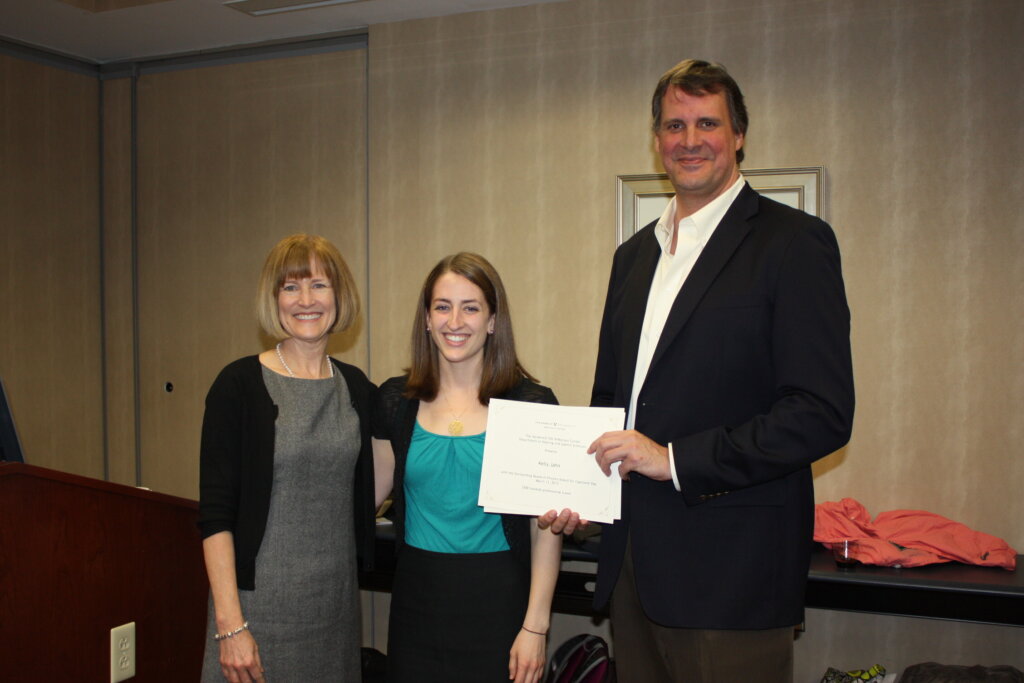A Nod to Todd
I came to know Todd when he arrived at Vanderbilt in 1999, and we were both assistant professors. Watching him rise through the ranks to a tenured professor with an endowed chair has been wonderful! However, those of you who know Todd also know that he has never sought titles, recognition, or honorifics for his work – those kudos flow easily and naturally to him because of the quality of his research. But I’ve gotten ahead of myself. As is traditional with festschrifts, I will first provide some personal reflections on his work and then allow myself to sprinkle in some personal anecdotes about his time at Vanderbilt where he has spent most of his career.
One of my favorite things about Todd’s research is its significant translational impact. Depending on which database you scour, about 11% of school-age children have some degree of hearing loss. The percentage of adults with disabling hearing loss is 2% at age 50 years, 8% at 60 years, 25% at 70 years, and more than 50% at older ages. Yet, it is estimated that only about one-third of individuals who could benefit from hearing aids have and use them. This is in part because hearing aids do not work as well as we wish they did, especially in noisy settings. This is where Todd comes in. He has taken on the technical challenge of emphasizing the signal of interest, especially speech, while not amplifying unwanted background sounds. Simply put, he has focused on designing and evaluating hearing aid features that promote speech understanding in everyday listening situations – most notably directional microphones – where he is a leader. This work requires a deep understanding of human speech perception, auditory function, and acoustics and electronics design knowledge. Because of the importance of this work, Todd’s research has been supported consistently by diverse sources including the hearing technology industry, Veterans Administration Rehabilitation Research and Development, U.S. Department of Education, Patient-Centered Outcomes Research Institute, and National Institutes of Health (National Institute on Deafness and Communication Disorders and Institute on Aging), among others. He is also in high demand as a speaker and thought leader on these topics nationally and internationally.

I must admit that much of Todd’s research did not initially grab my attention. I was focused on behavioral research in children, and his research focus was hearing technology design and function primarily focusing on adults. However, recognizing the value of his work across the age span, we began collaborating on a few pediatric projects in the early 2000s. One such study, which most have never read, was one we implemented to examine the optimization of amplification in children with hearing loss and significant vision impairment (Tharpe, Ashmead, Ricketts, Rothpletz, & Wall, 2002). That was a challenging study to complete for many reasons, but it was the type of project one is not afraid to pursue early in one’s career. I mention this study in particular because that was when I first learned about Todd’s willingness to take chances on work that might not yield groundbreaking results and might not impact a lot of people, but it is worth the try.
The study that still makes me shake my head in awe is Todd’s work on head angle and elevation in children in classroom environments (e.g., Ricketts & Galster, 2008). Recall that at that time in audiology history, audiologists were not comfortable recommending directional microphone use for children. Todd had already demonstrated that a directivity-based advantage was found when the listener faces the sound source of interest and competing noise is either behind or surrounding the listener (e.g., Ricketts, 2000). Audiologists were not convinced that children in natural environments can or willing to orient their heads accurately while listening to a signal of interest. Having demonstrated such benefits in adults, a logical step for Todd was to examine such technology in children who spend so much time in noisy educational environments. What an exquisite methodology he designed! He and his research team briefly went into a dozen classrooms where they had identified child pairs (one child with hearing loss and one without). They placed small stickers on the children’s heads, which were used to aid the investigators in tracking their angular positions on videotapes obtained from three cameras placed strategically in the classrooms. The positions of sound sources of interest (teacher’s voices or classmates) were also determined via the videotapes. Via extensive frame-by-frame examination of these three video streams, Ricketts and colleagues demonstrated a relatively high level of orientation accuracy across school-age children and, thus, assumed the potential benefit of directional technology in some classroom arrangements. I remember hearing Todd present this work at a conference and the murmur that spread through the audience as they realized the complexity of the data collection and the hours and hours of detailed analysis this research required! These results were an important addition to the literature that influenced the recommendations made by clinical audiologists for children with hearing loss. Clearly, Todd has contributed to the science of the discipline in a way that not only advances knowledge but also positively impacts the lives of those who are served by the discipline.

Finally, some might not know that apart from his stellar scholarly work, Todd has managed a leadership role in Vanderbilt’s Department of Hearing and Speech Sciences as Director of Graduate Studies and later as Vice Chair of Graduate Studies for the last dozen or so years. Thus, I can see another side of Todd that many do not have the opportunity to see. He is a person of extraordinary emotional intellect. He is capable of caring-mentoring and makes difficult decisions and gains acceptance of those decisions. Todd demonstrates patience and kindness with our students and his colleagues. He is available and responsive to students, whether they come to him with problems large or small, and they are all important to Todd.
Thus, I will end my reflection of Todd as I started it. He has never sought titles, recognition, or honorifics for his work, but he most deserves such. I am honored to have this opportunity to provide these comments about my valued friend and colleague Todd Ricketts.

